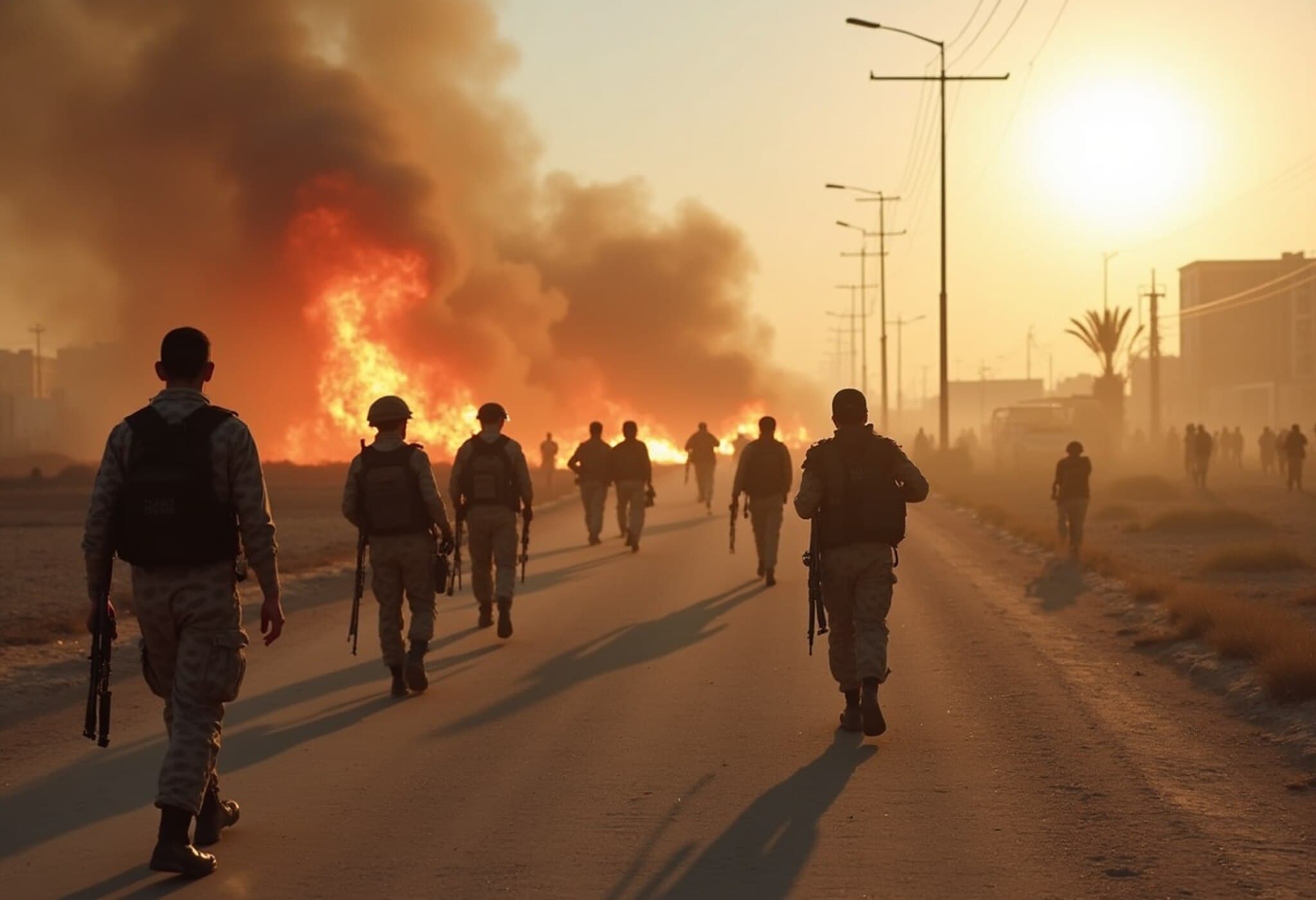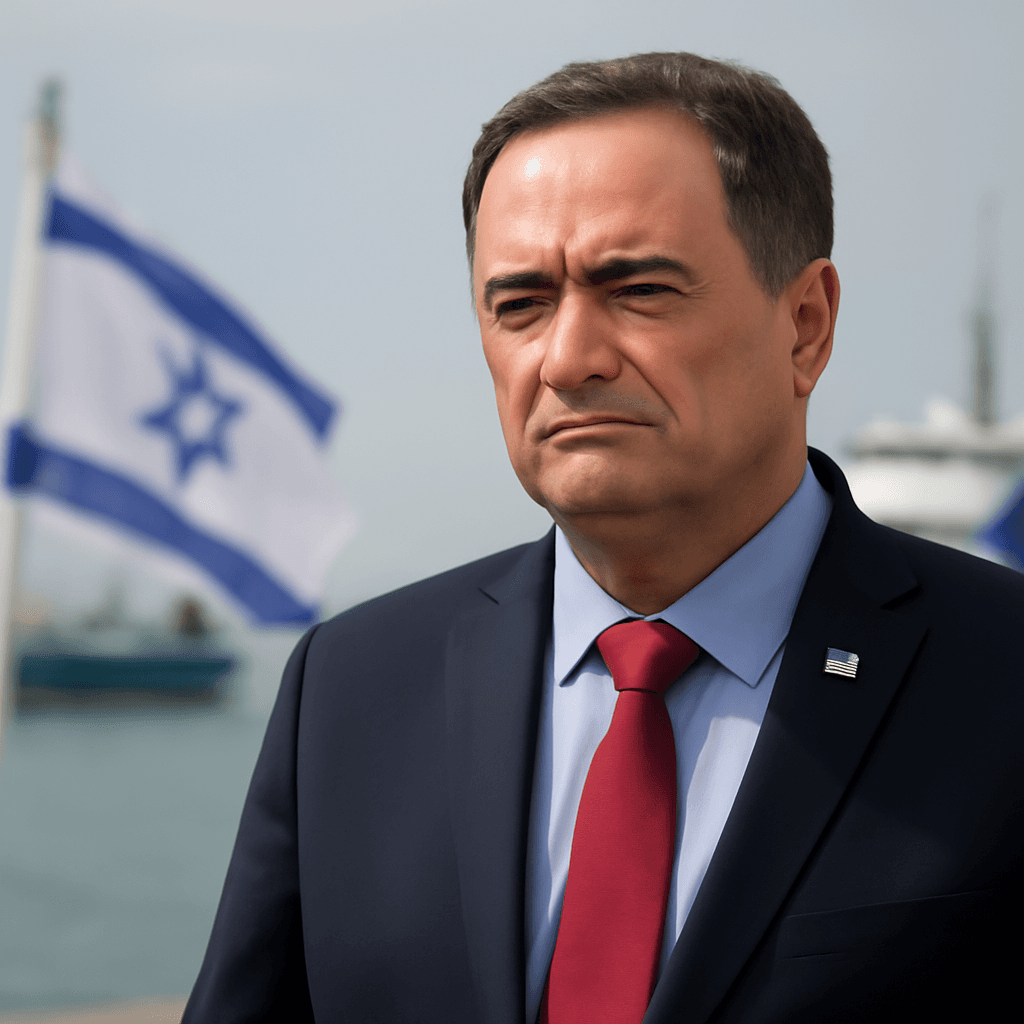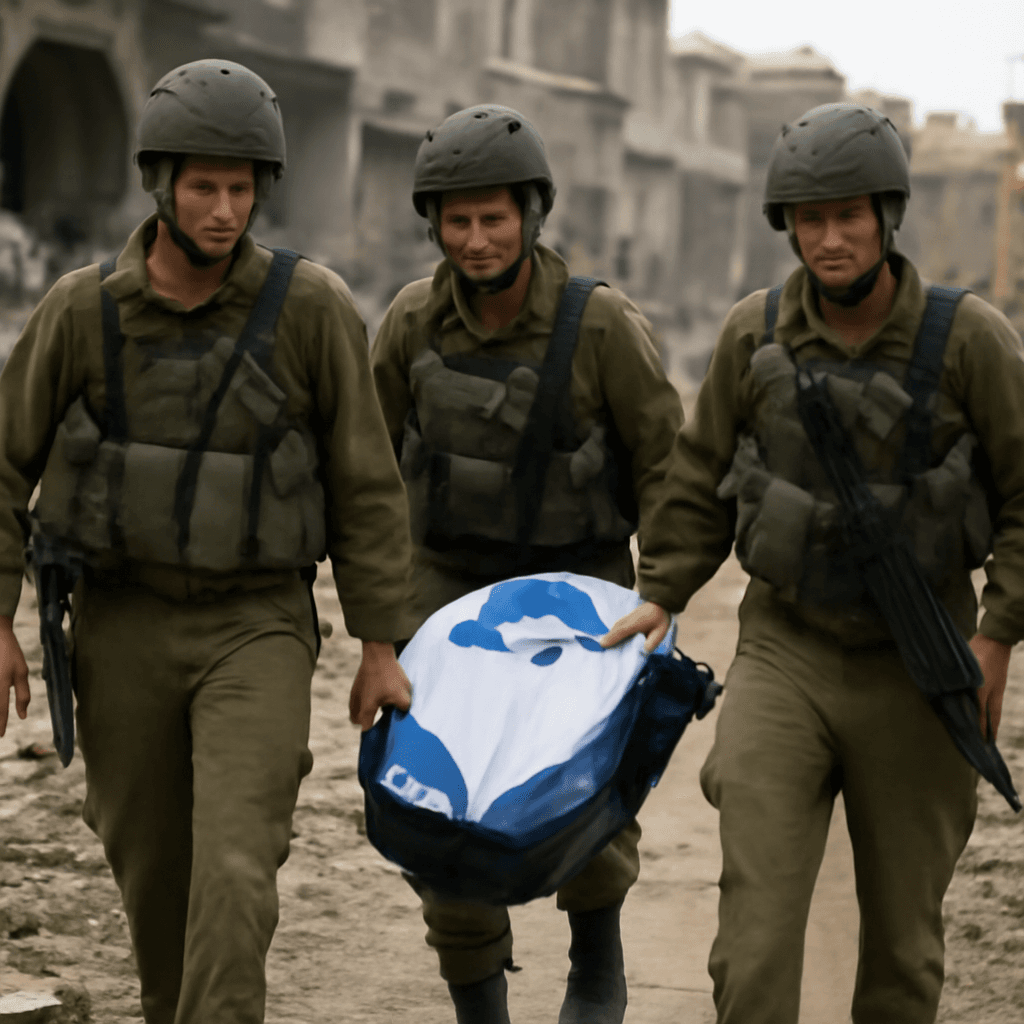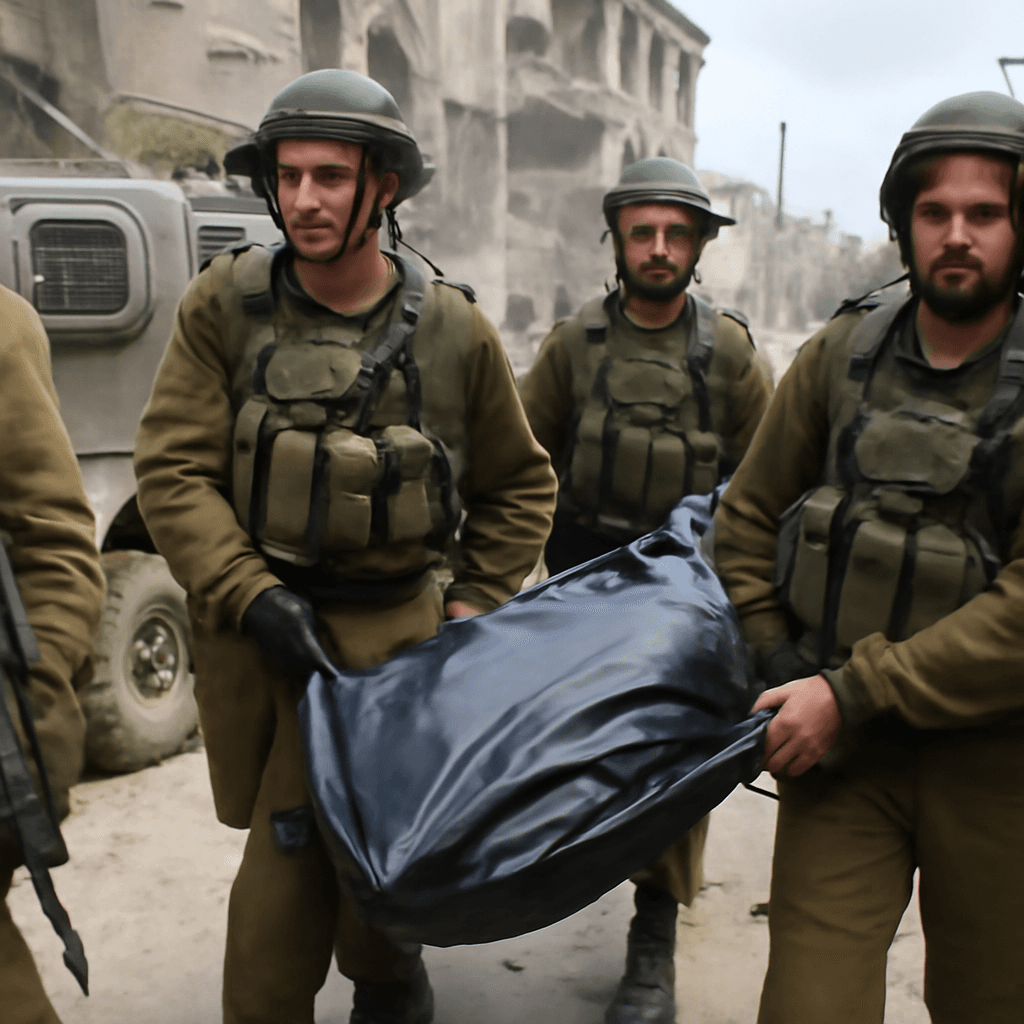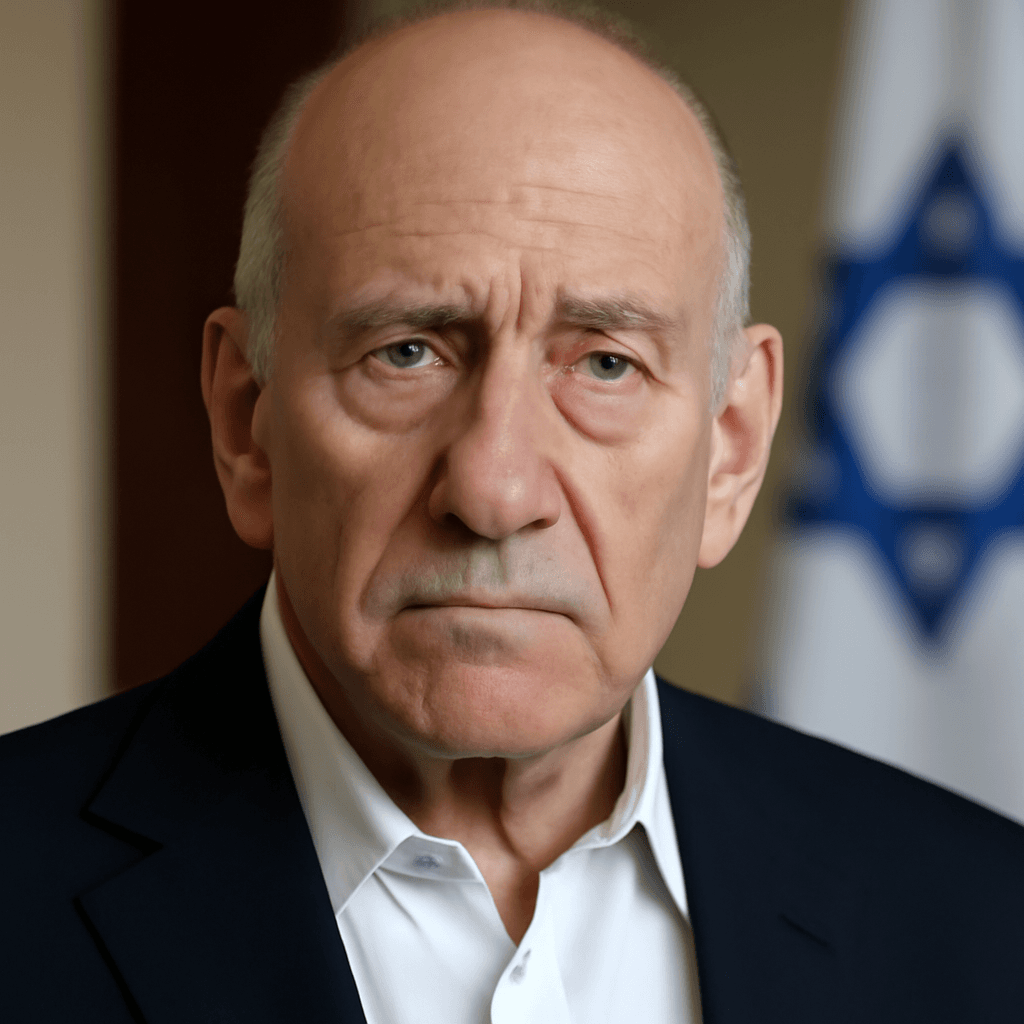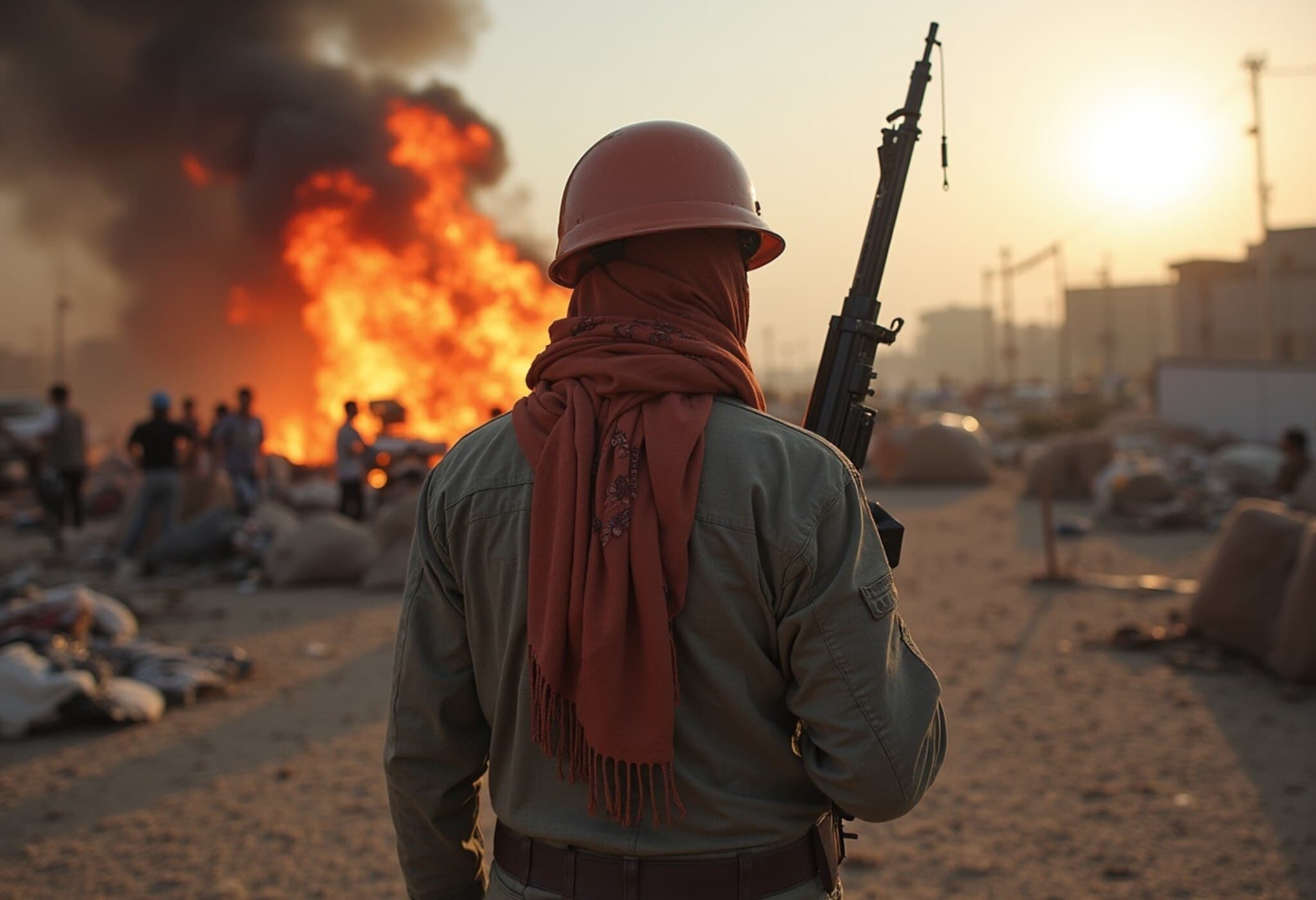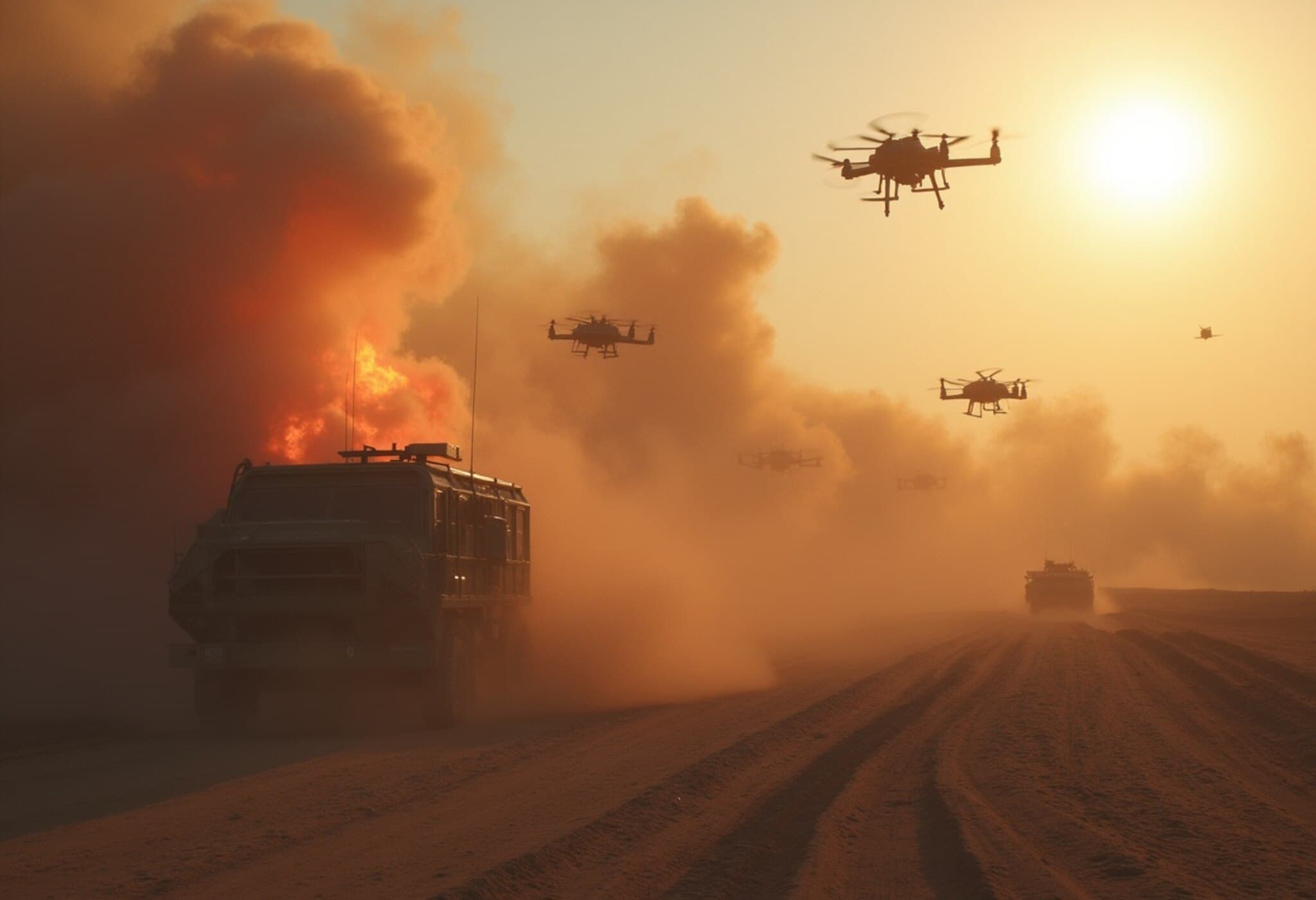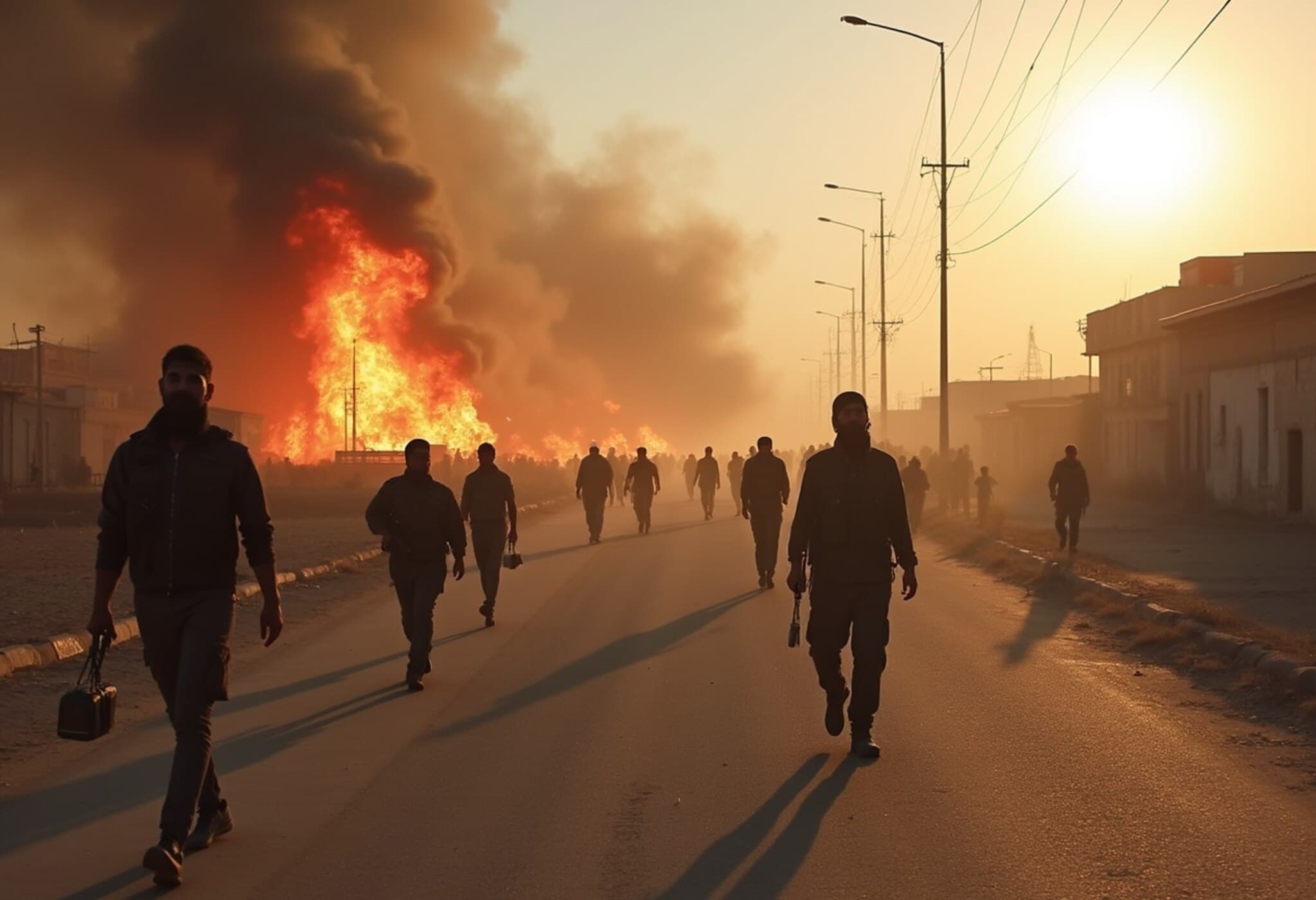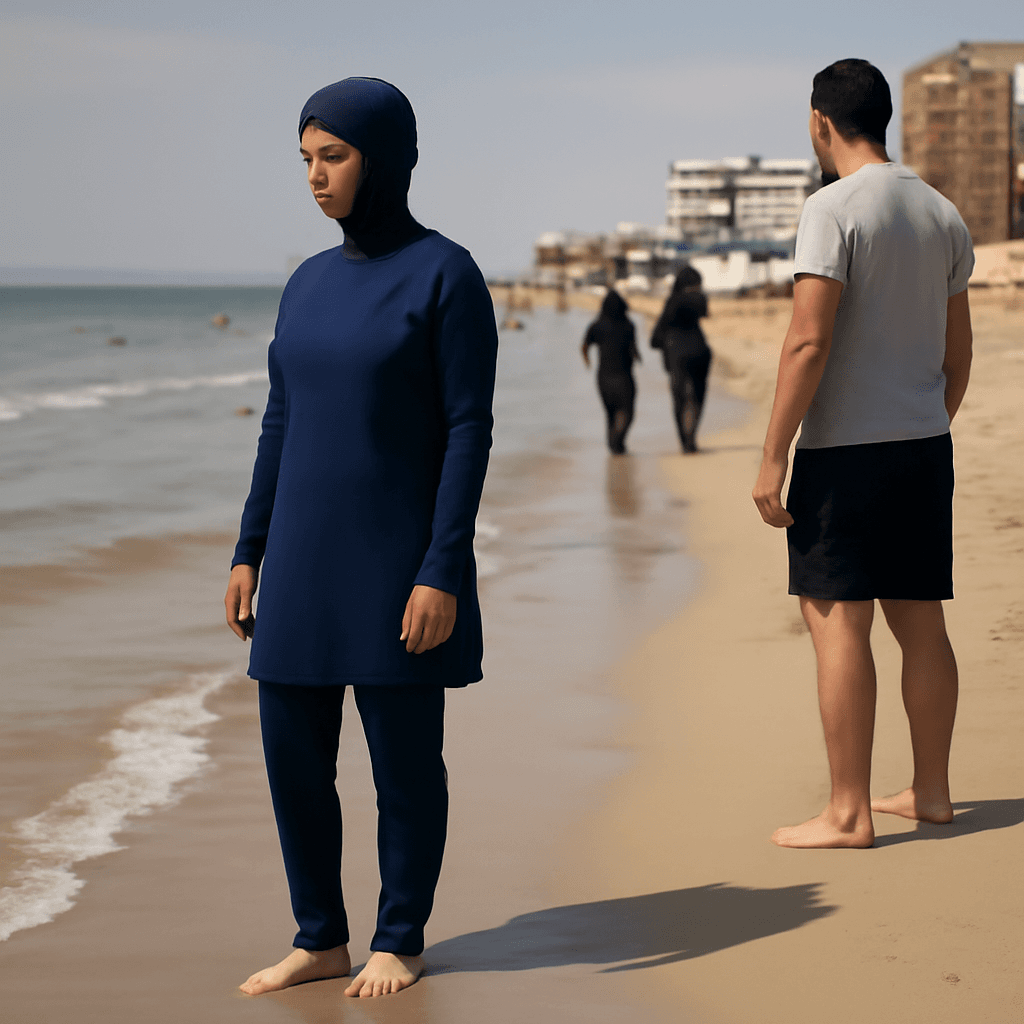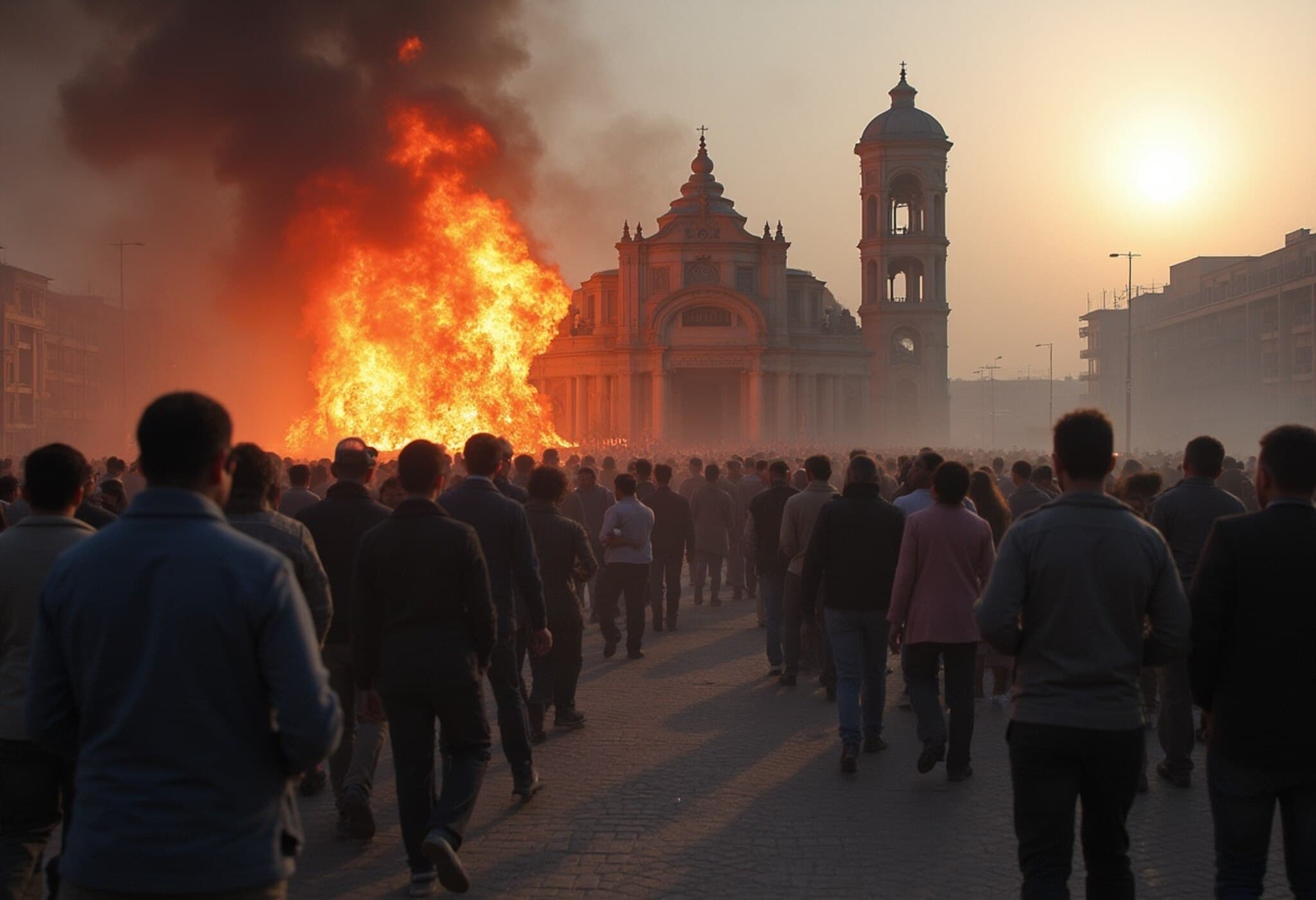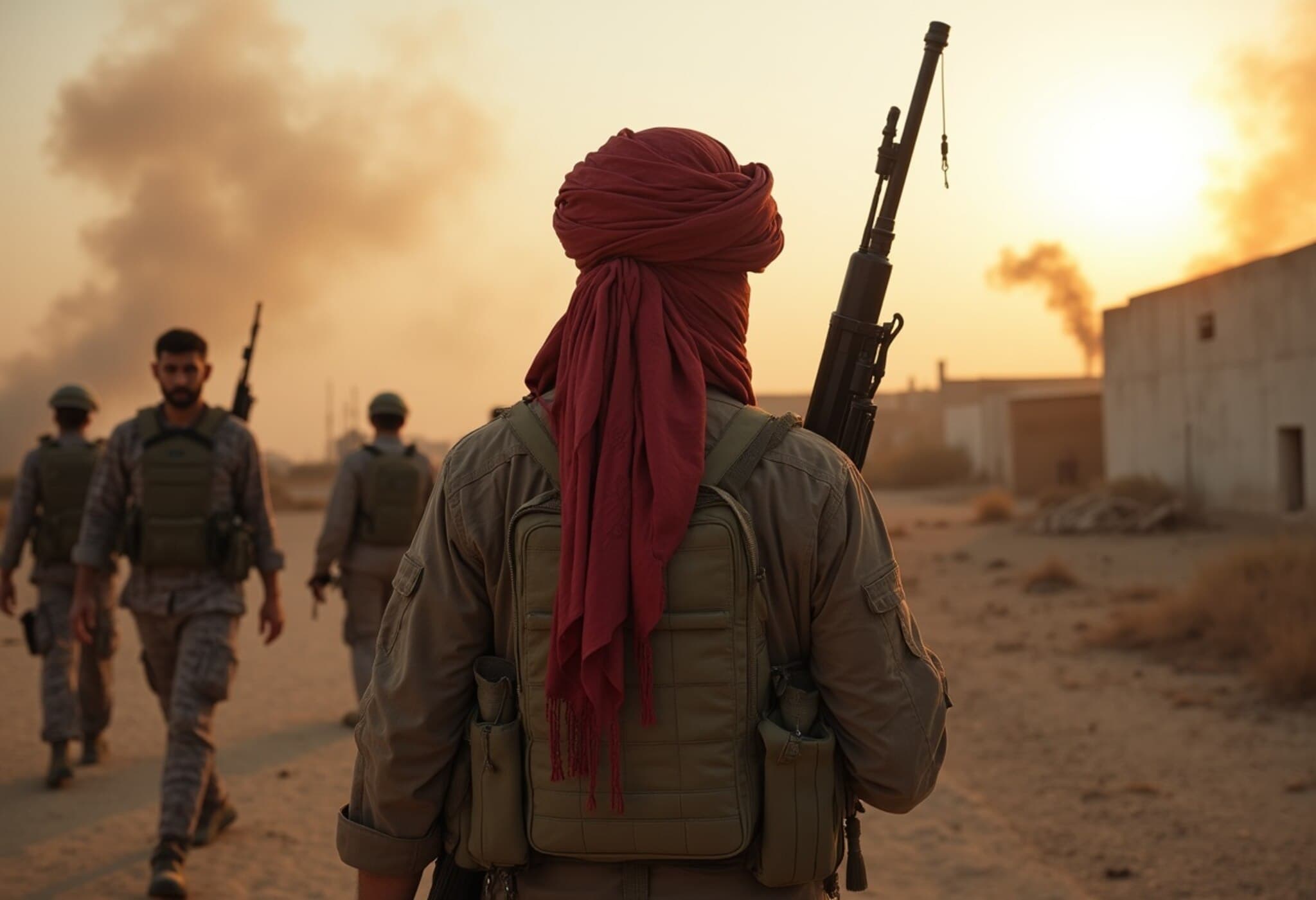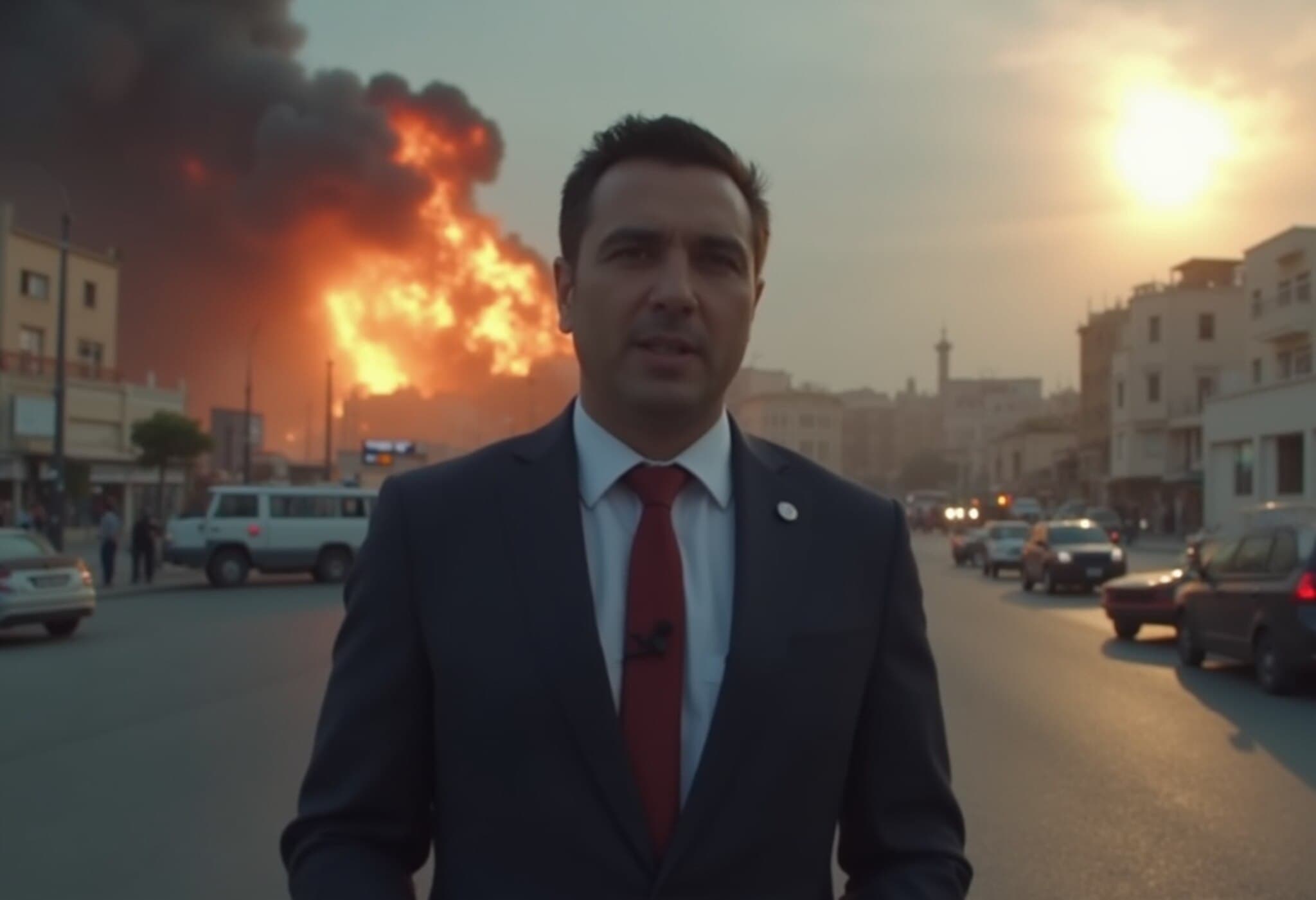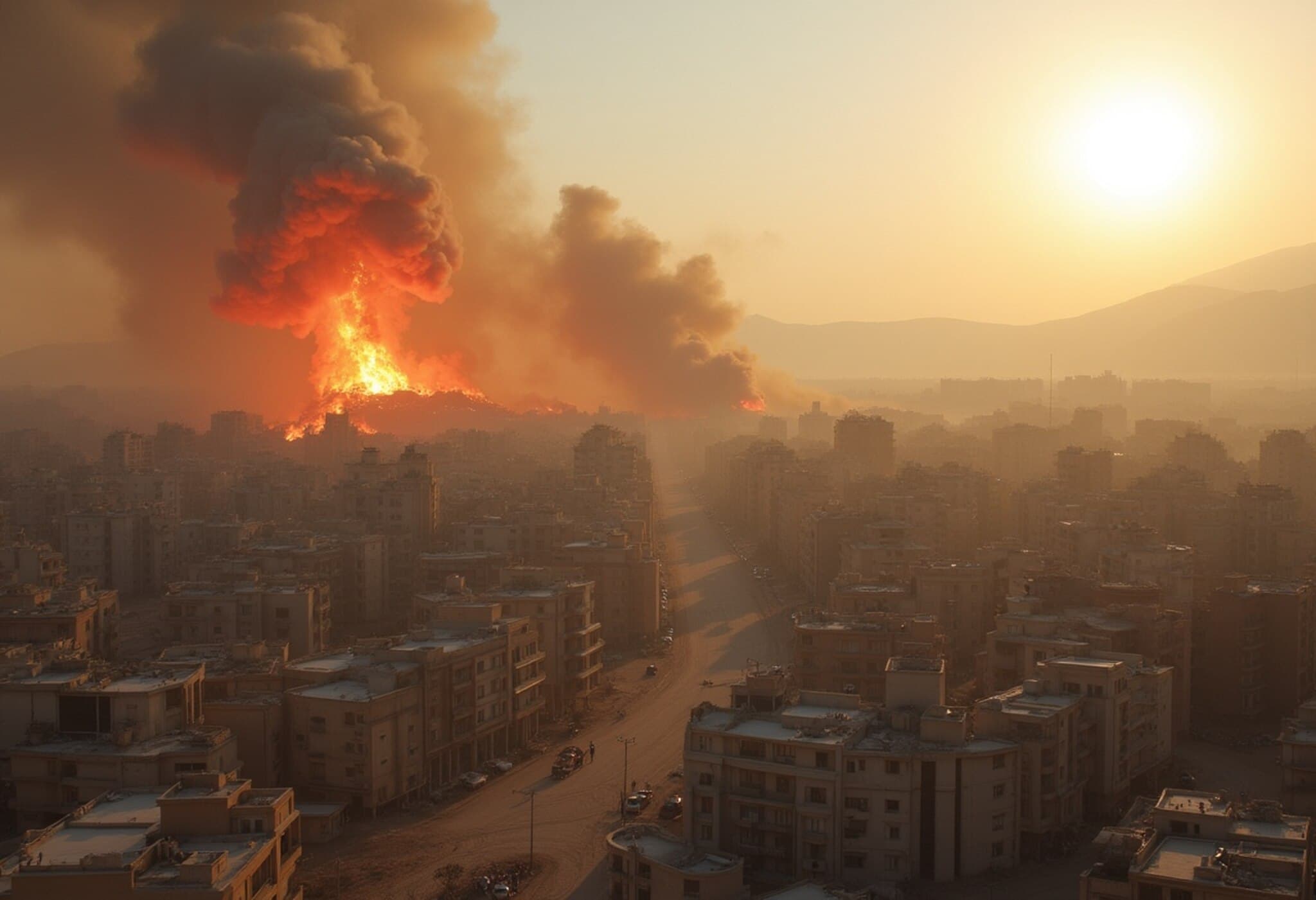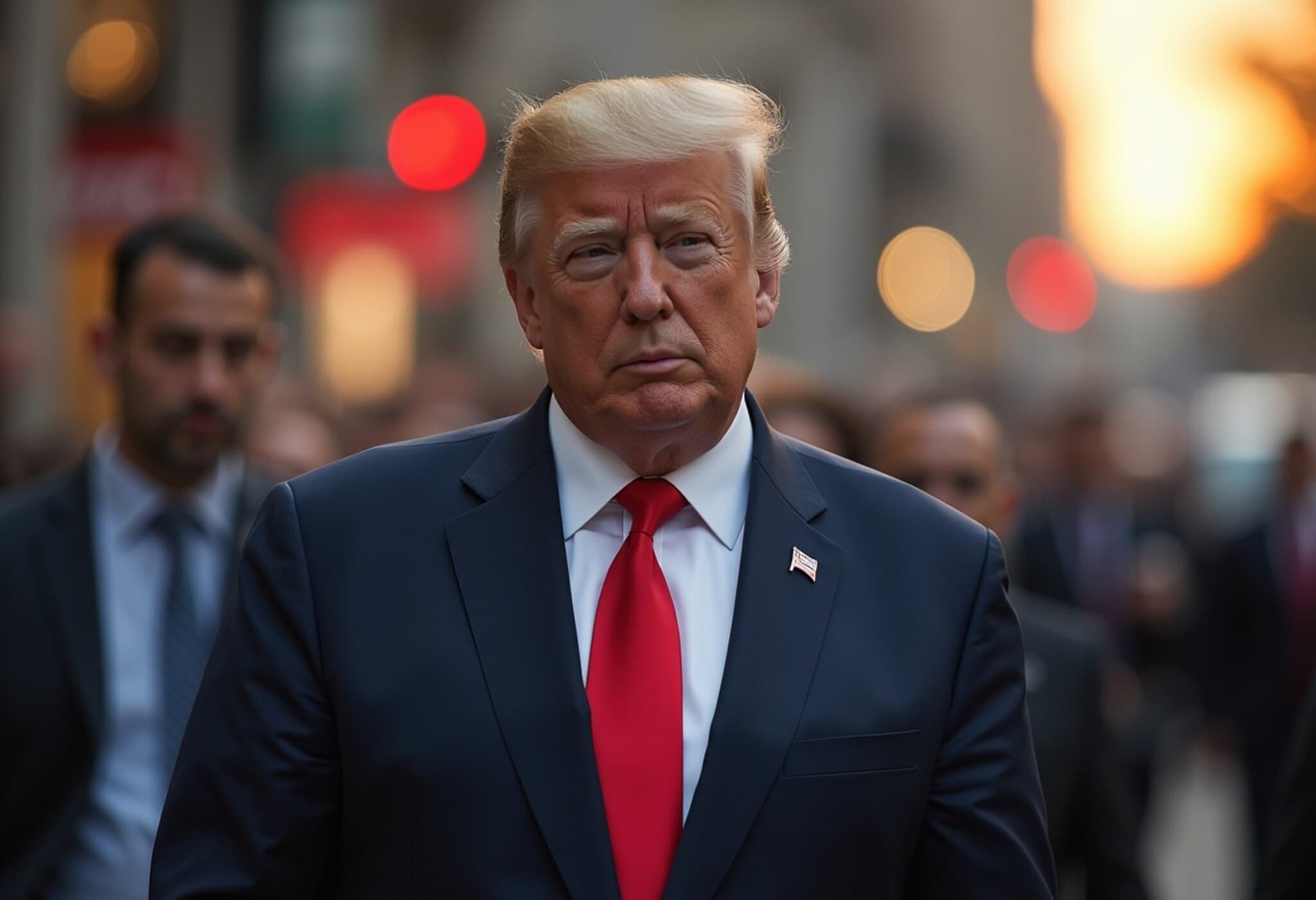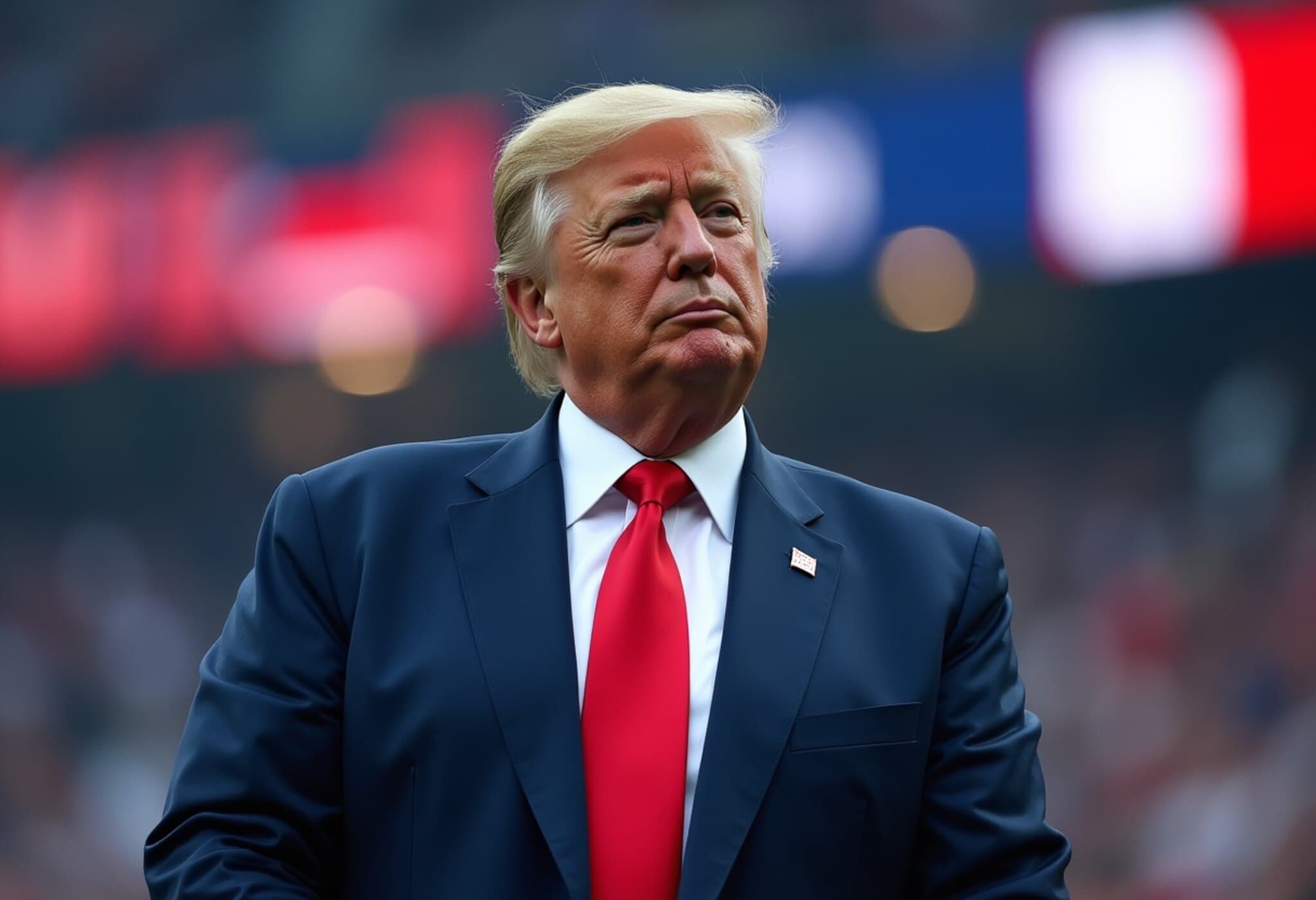Deadly Sectarian Clashes Grip Sweida, Syria
In a harrowing escalation of sectarian violence, six Syrian soldiers lost their lives amid fierce confrontations between Druze militias and Sunni Bedouin tribal fighters in the city of Sweida. This tragic development on Sunday marks the first outbreak of violence within Sweida’s urban center, spotlighting a broader pattern of sectarian tension intensifying across the province over recent months.
Background: A Tense Mix of Sectarianism and Political Flux
Sweida, predominantly inhabited by the Druze minority—a unique and historically insulated religious community—has witnessed mounting unrest fueled by longstanding grievances and recent regional upheavals. After years of war and shifting control, Syria remains a patchwork of competing factions. Sunni rebel groups, which once held significant sway during the civil war, agreed late last year to integrate into formal defense structures. However, inclusion efforts for minorities like the Druze and Kurds have stumbled, leaving power vacuums and security gaps vulnerable to exploitation.
Complicating matters, Israel’s strategic stance against military build-ups south of Damascus includes claims that Sweida and neighboring provinces should form part of a demilitarized zone, limiting Damascus’s influence and further fragmenting authority in the region.
Latest Clashes: A Deadly Cycle
Sunday’s initial clash, erupting between Druze militias and Bedouin fighters within Sweida city limits, killed 30 people and spurred the Syrian government to dispatch security forces to restore order and facilitate civilian evacuations. Despite these efforts, reports indicate the fighting reignited on Monday. Local media outlet Sweida24 confirmed ongoing hostilities, and government sources verified the fatalities of six security personnel during these renewed hostilities.
Triggering Events: Kidnappings and Rising Anxieties
According to eyewitness accounts, the resurgence of violence traces back to a recent surge in kidnappings, notably the capture of a Druze merchant on a key highway connecting Damascus to Sweida. These acts have inflamed communal tensions and highlighted the breakdown of state control in the area.
Syria's Interior Minister Anas Khattab underlined the critical role of weakened state institutions, stating on state media: “The absence of state institutions, especially military and security institutions, is a major cause of the ongoing tensions in Sweida and its countryside.”
Wider Implications and Regional Context
This flare-up is emblematic of broader sectarian fragilities that continue to permeate Syrian society amid post-war uncertainties. The Druze community, often striving to maintain neutrality during the conflict, now finds itself thrust into violent confrontations that threaten its historical coexistence with Sunni tribes.
For the United States and international observers, the situation underscores the precarious balance of power in southern Syria. It raises critical questions about the effectiveness of Syria’s reconciliation policies, the role of regional actors—including Israel’s security concerns—and the human cost borne by civilians caught in these conflicts.
Analysis: The Challenge of Rebuilding Trust Amid Fragmentation
The sectarian violence in Sweida is a stark reminder that Syria’s path toward stability remains fraught. Integration of diverse armed groups into a unified security apparatus has proven elusive, reflecting entrenched mistrust and fragmented governance. Without robust institutional reform and inclusive dialogue, similar violent outbreaks are likely to recur.
Moreover, the humanitarian dimension cannot be overlooked. Civilians face heightened dangers, with displacement and trauma compounding decades of conflict. Ensuring safe corridors for refugees and fostering grassroots reconciliation initiatives may be pivotal in breaking the vicious cycle of retaliation.
What’s Next?
- Monitoring Security Developments: Continued attention to military deployments and ceasefire attempts in Sweida will be critical.
- Diplomatic Engagement: International actors might need to emphasize political solutions that address minority rights and regional security concerns.
- Humanitarian Response: Supporting displaced communities and preventing further civilian harm remains urgent.
Editor’s Note
The tragic clashes in Sweida highlight the complex web of sectarian, political, and regional issues that define contemporary Syria’s fragile peace. Readers are invited to consider how the international community, including U.S. policymakers, might better support inclusive governance and conflict resolution in areas where ethnic and religious identities intersect with broader geopolitical struggles. As Syria’s reconstruction narrative unfolds, understanding these micro-level flashpoints is essential to preventing future violence and fostering durable peace.

